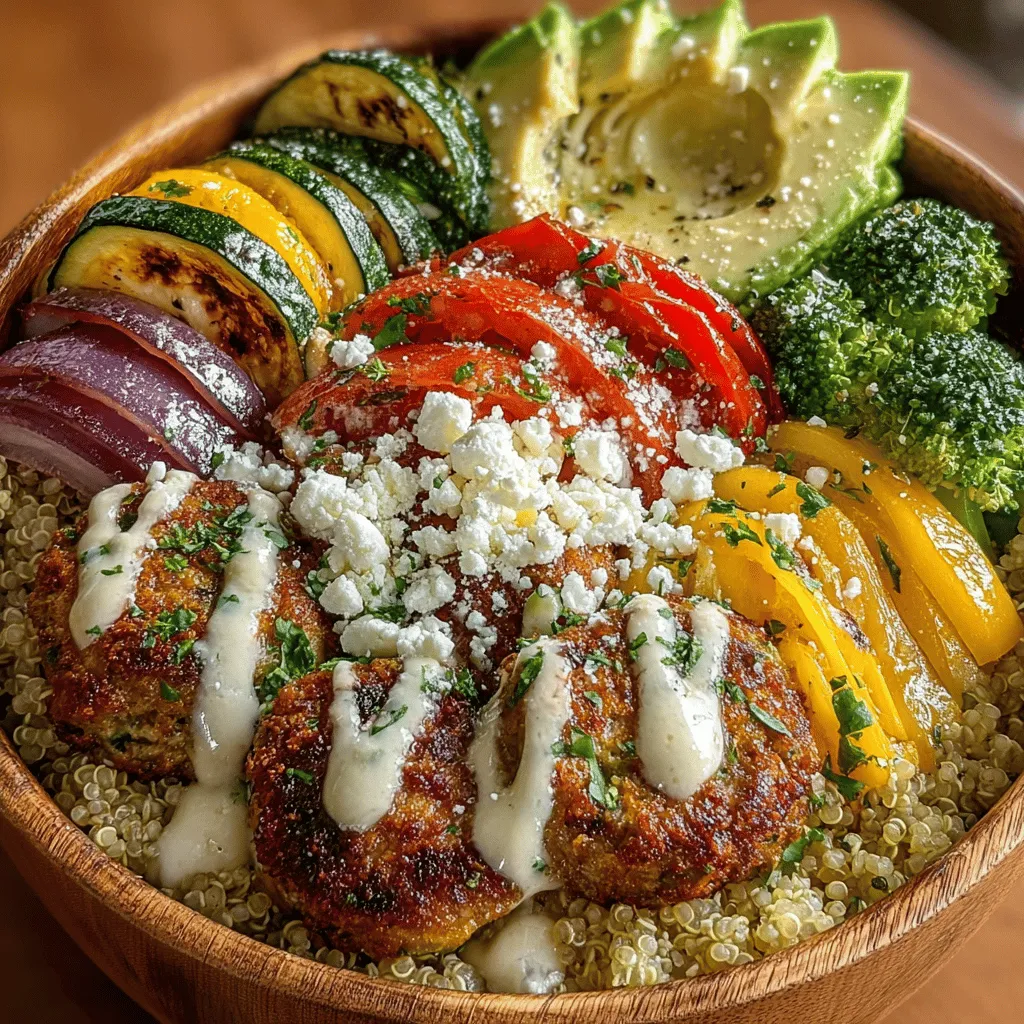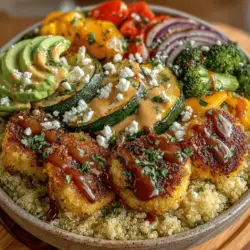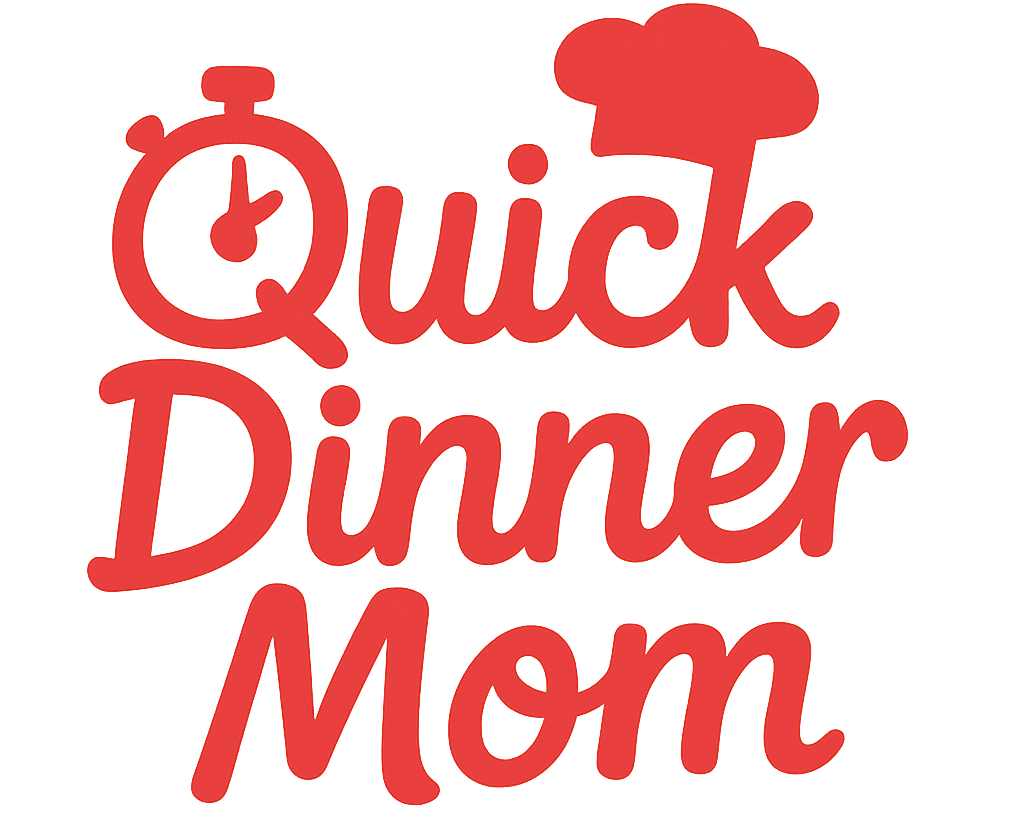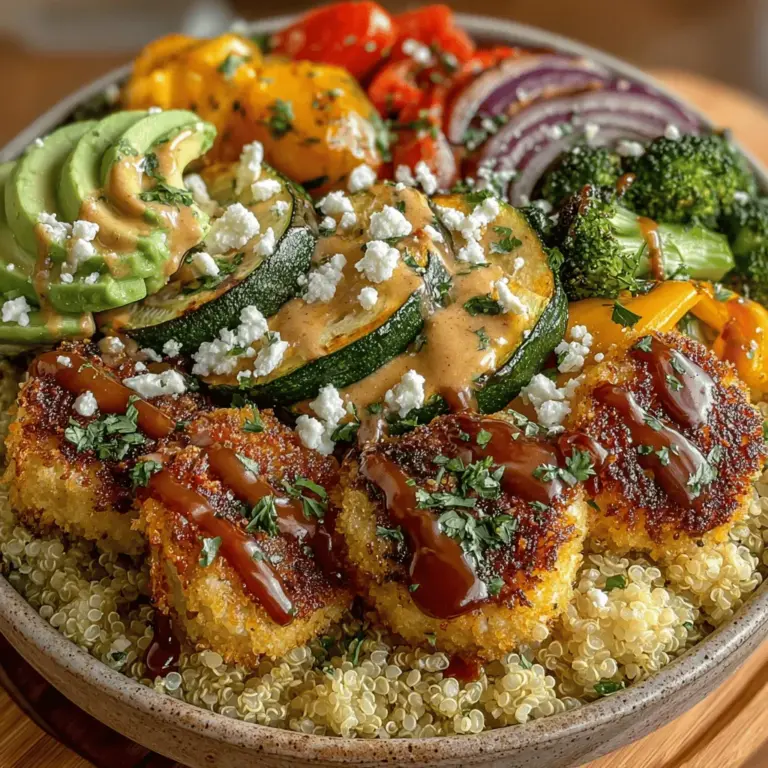Introduction to Quinoa and Roasted Veggie Power Bowls
In today’s health-conscious world, power bowls have emerged as a popular choice for those seeking nutritious, balanced meals that do not compromise on flavor. Among these delicious offerings, Quinoa and Roasted Veggie Power Bowls stand out for their vibrant flavors and wholesome ingredients. These bowls are not just visually appealing; they are also a celebration of nourishing components that cater to a variety of dietary preferences, including vegetarian and gluten-free options. This article will guide you through creating this satisfying dish, exploring the benefits of each ingredient and providing insights into preparation techniques.
Understanding the Basics of Quinoa
What is Quinoa?
Quinoa, often referred to as a superfood, is a grain-like seed that has gained popularity for its remarkable nutritional profile. Originating from the Andean region of South America, quinoa was a staple food for ancient civilizations, revered for its sustaining properties. Unlike many grains, quinoa is a complete protein, meaning it contains all nine essential amino acids required for human health. Its versatility allows it to be used in a variety of dishes, from salads to baked goods, making it a staple for those looking to enhance their meals with nutritious ingredients.
Nutritional Benefits of Quinoa
The nutritional benefits of quinoa are impressive. It is packed with protein, boasting approximately 8 grams per cup when cooked, making it an excellent source of plant-based protein for vegetarians and vegans. Additionally, quinoa is rich in dietary fiber, which aids digestion and helps maintain a healthy gut. It is also a source of essential vitamins and minerals, such as magnesium, iron, and B vitamins, contributing to overall well-being. Furthermore, quinoa is gluten-free, making it a suitable alternative for those with gluten sensitivities or celiac disease. With its low glycemic index, quinoa can help regulate blood sugar levels, making it a smart choice for anyone looking to maintain energy throughout the day.
The Importance of Fresh Vegetables
Why Choose Seasonal Vegetables?
Incorporating seasonal vegetables into your power bowls not only enhances flavor but also maximizes nutritional value. Seasonal produce is typically fresher, more flavorful, and often more affordable than out-of-season options. When vegetables are in season, they are harvested at their peak ripeness, which means they retain more nutrients and taste better. By choosing seasonal vegetables for your Quinoa and Roasted Veggie Power Bowls, you are not only supporting local farmers but also ensuring that your dish is bursting with flavor and health benefits.
Featured Vegetables in This Recipe
– Zucchini: This versatile vegetable is low in calories and high in water content, making it an excellent choice for hydration. Zucchini is a good source of vitamin C, potassium, and antioxidants, which help combat oxidative stress and promote overall health.
– Bell Peppers: Available in a variety of colors, bell peppers add a delightful crunch and sweetness to your power bowl. Rich in vitamin C and several antioxidants, they also provide anti-inflammatory benefits and can enhance your immune system.
– Cherry Tomatoes: These bite-sized fruits are not only delicious but are also packed with antioxidants, particularly lycopene, which has been linked to heart health and cancer prevention. Cherry tomatoes are also a great source of vitamins A and C.
– Red Onion: With its slightly sweet and pungent flavor, red onion adds depth to the power bowl. Rich in quercetin, a powerful antioxidant, red onions support heart health and may help reduce inflammation.
– Broccoli: Known as a nutrient powerhouse, broccoli is an excellent source of vitamins K and C, fiber, and numerous minerals. Its high fiber content aids in digestion, while its antioxidants may help lower the risk of chronic diseases.
Ingredients Breakdown
Essential Ingredients for Quinoa and Roasted Veggie Power Bowls
To create a nourishing and flavorful Quinoa and Roasted Veggie Power Bowl, you will need the following ingredients:
– 1 cup quinoa
– 2 medium zucchinis, chopped
– 1 red bell pepper, diced
– 1 cup cherry tomatoes, halved
– 1 red onion, sliced
– 2 cups broccoli florets
– 2 tablespoons olive oil
– 1 teaspoon garlic powder
– 1 teaspoon smoked paprika
– Salt and pepper to taste
– Optional: Feta cheese, tahini, or a lemon wedge for serving
The Role of Each Ingredient
– Quinoa: Serving as the base of the bowl, quinoa provides a nutty flavor and a satisfying texture while delivering a host of nutritional benefits. Its protein content makes it an ideal option for a filling meal.
– Olive Oil: Olive oil not only helps in roasting the vegetables to perfection but also adds healthy fats that are essential for nutrient absorption. Its heart-healthy properties make it a staple in many health-conscious recipes.
– Spices: The combination of garlic powder and smoked paprika brings a depth of flavor to the dish. Garlic powder adds an aromatic quality while smoked paprika introduces a subtle smokiness that enhances the overall taste profile.
Step-by-Step Preparation Guide
Preheating the Oven
Before diving into the preparation of your Quinoa and Roasted Veggie Power Bowls, preheat your oven to 425°F (220°C). This ensures that your vegetables roast evenly and develop a delightful caramelization, enhancing their flavor and texture.
Once the oven is preheated, you can start preparing the ingredients for your power bowl.
By focusing on high-quality ingredients and preparing them with care, your Quinoa and Roasted Veggie Power Bowls will not only satisfy your hunger but also nourish your body with every bite. Stay tuned for the next part of this article, where we will delve deeper into the preparation process, cooking techniques, and tips to customize your bowls to suit your taste preferences.

The Significance of Proper Oven Temperature for Roasting Vegetables
Roasting vegetables is an art form that hinges significantly on temperature. For optimal caramelization and flavor enhancement, preheat your oven to 425°F (220°C). This high heat allows the vegetables to roast evenly, creating a beautiful balance of tenderness and a crispy exterior. When vegetables roast at the right temperature, they develop a rich, deep flavor while maintaining their nutrients.
Make sure to spread the vegetables on a baking sheet in a single layer. Crowding the pan can lead to steaming instead of roasting, which will prevent the delicious browning you desire. If you find yourself with too many vegetables, consider roasting them in batches to achieve that perfect roast.
Cooking Quinoa Perfectly
Quinoa is often praised for its health benefits and versatility, but cooking it perfectly can be a bit tricky. Start by rinsing the quinoa under cold water in a fine-mesh sieve. This step is crucial as it removes the saponin, a natural coating that can impart a bitter taste. Rinse it thoroughly until the water runs clear.
Once rinsed, combine one cup of quinoa with two cups of water or broth in a medium saucepan. Bring it to a boil, then reduce the heat to low, cover, and let it simmer for about 15 minutes. After the cooking time, remove it from the heat and let it sit covered for an additional 5 minutes. This resting period allows the quinoa to steam and results in fluffy grains. Fluff the quinoa with a fork before serving to separate the grains.
Roasting Vegetables to Perfection
To achieve perfectly roasted vegetables, you need to master a few techniques. Start by cutting your vegetables into uniform sizes to ensure even cooking. Popular choices for your power bowl include bell peppers, zucchini, sweet potatoes, and carrots. Toss the vegetables in a bowl with a generous amount of olive oil, salt, pepper, and any preferred herbs or spices.
Arrange the vegetables on a baking sheet, ensuring they are spaced out. This spacing is crucial; it allows the hot air to circulate around each piece, promoting caramelization. Roast the vegetables for 20 to 30 minutes, flipping halfway through to ensure even browning. Your vegetables are ready when they are tender and have a golden-brown exterior.
Assembling the Power Bowls
The assembly of your quinoa and roasted veggie power bowls is where creativity shines. Start with a base of quinoa, adding about a cup to the bottom of your bowl. Next, layer your roasted vegetables on top, arranging them for visual appeal. Consider using a variety of colors and textures to make your bowl vibrant and inviting.
For an added burst of freshness, include some raw greens such as spinach or arugula. You can also incorporate proteins like chickpeas or grilled chicken for additional heartiness. Finish off with a sprinkle of nuts or seeds for crunch, and if desired, add feta cheese or avocado for creaminess.
Flavor Enhancements and Variations
Adding a Creamy Element
One of the best aspects of power bowls is the ability to customize them to your taste. Avocado is a fantastic addition, adding creaminess and healthy fats. Simply slice half an avocado and place it atop your bowl. If you prefer a bit of tanginess, crumbled feta cheese can elevate the flavor profile. The salty, creamy texture of feta pairs wonderfully with the earthy quinoa and roasted veggies.
Dressing Options
A well-chosen dressing can transform your power bowl. Tahini dressing is a popular choice, providing a nutty flavor that complements the roasted vegetables beautifully. To make a simple tahini dressing, whisk together tahini, lemon juice, garlic, and a bit of water until smooth. Additionally, you can explore other options like balsamic vinaigrette or a yogurt-based dressing for a creamy contrast.
Customizing Your Bowl
Feel free to get creative with your power bowl. If you have specific dietary preferences or seasonal ingredients on hand, make substitutions easily. Swap quinoa for brown rice or farro if you prefer a different grain. Change up the vegetables based on what’s in season or what you have in your fridge. Broccoli, cauliflower, or asparagus would all be delightful alternatives.
If you’re looking for a protein boost, consider adding grilled shrimp, tofu, or tempeh. The versatility of this recipe is one of its greatest strengths.
Health Benefits of Quinoa and Roasted Veggie Power Bowls
Nutritional Profile of the Finished Dish
The nutritional benefits of quinoa and roasted veggie power bowls are impressive. Quinoa is a complete protein, meaning it contains all nine essential amino acids, making it an excellent choice for vegetarians and vegans. A typical serving of quinoa (about 1 cup cooked) contains approximately 222 calories, 8 grams of protein, and 5 grams of fiber, which aids digestion and promotes satiety.
Adding a variety of roasted vegetables ensures a rich supply of vitamins and minerals. For example, sweet potatoes are high in vitamins A and C, while bell peppers provide a good dose of antioxidants. The combination of grains, vegetables, and optional proteins creates a balanced meal that is both satisfying and nourishing.
The Role of Whole Foods in a Balanced Diet
Incorporating whole foods like quinoa and vegetables into your daily meals is vital for optimal health. These foods are less processed and retain more of their natural nutrients, which contribute to overall well-being. This power bowl is an excellent example of how whole foods can be combined to create a delicious, nutrient-dense meal that supports a balanced diet.
Serving Suggestions and Pairings
Ideal Pairings for Quinoa and Roasted Veggie Power Bowls
While the quinoa and roasted veggie power bowl is a complete meal on its own, it pairs well with various side dishes or beverages. For a light accompaniment, consider serving a simple green salad with a lemon vinaigrette. If you’re looking for something heartier, a slice of crusty whole-grain bread or a few pita chips would complement the bowl nicely.
When it comes to beverages, a refreshing herbal tea or a sparkling water infused with citrus can enhance the dining experience without overpowering the flavors of your meal.
Perfect Occasions for Serving
These power bowls are incredibly versatile and suitable for various occasions. They make an excellent meal prep option, as you can prepare the quinoa and roasted vegetables in advance and assemble them quickly throughout the week. They are also perfect for family dinners or gatherings, where everyone can customize their bowls according to their preferences.
If you’re hosting a potluck or a get-together, consider bringing a large batch of quinoa and roasted veggie power bowls. They are easy to transport, and guests will appreciate the healthy yet satisfying option among the usual fare.
Conclusion: Enjoying Your Quinoa and Roasted Veggie Power Bowls
Creating and enjoying quinoa and roasted veggie power bowls offers numerous benefits, from health advantages to culinary creativity. These bowls are not only packed with nutrients but also provide a canvas for experimentation with flavors and ingredients. Whether you choose to stick to the original recipe or explore your variations, these power bowls are sure to become a staple in your meal rotation.
Encourage yourself to enjoy the process of assembling these nourishing bowls. With endless customization options, you can adapt this recipe to your tastes and seasonal availability, all while enjoying a healthy, satisfying meal. So gather your ingredients, embrace your creativity, and dig into the delightful world of quinoa and roasted veggie power bowls!


